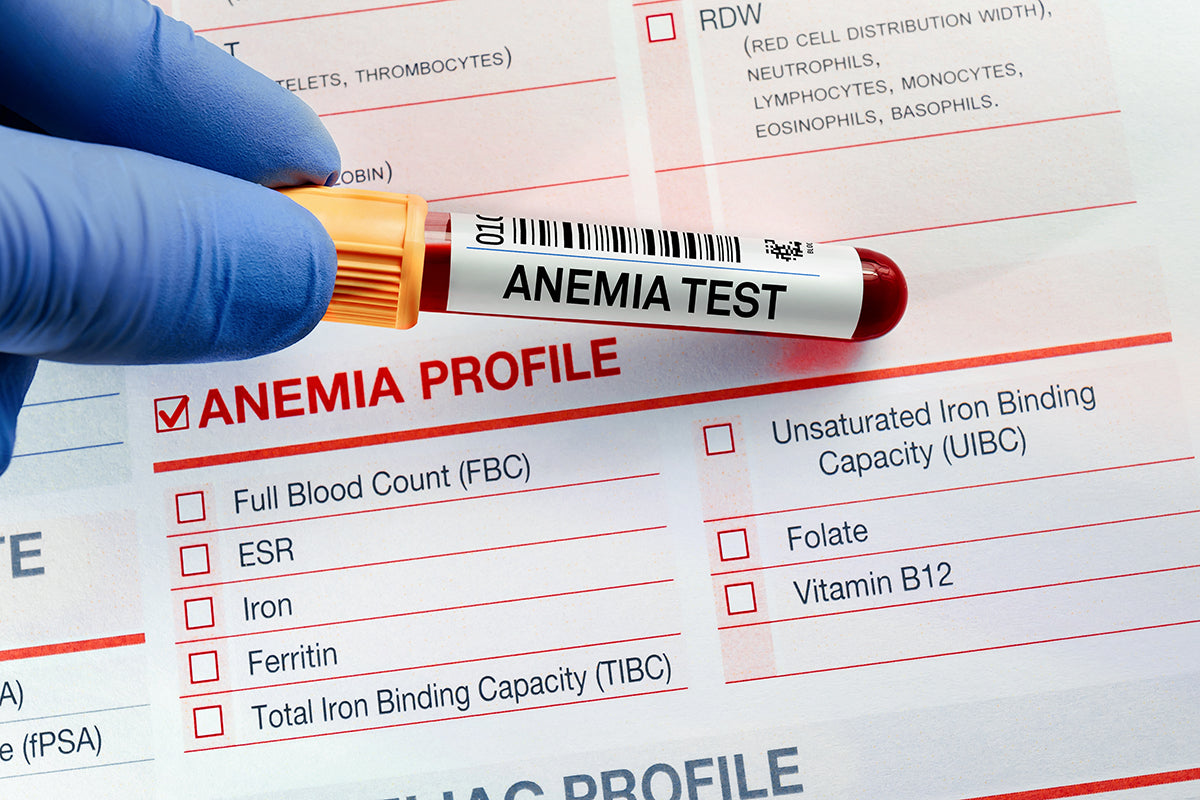
Macrocytic anemia: when erythrocytes are larger than normal
|
|
Time to read 3 min
|
|
Time to read 3 min
Macrocytic anemia is a type of anemia characterized by the presence of abnormally large red blood cells. These large cells lack the necessary nutrients to function properly.
Anemia is defined as a condition involving a reduced number of healthy or normal red blood cells, a decreased concentration of hemoglobin in the blood, or a hematocrit value (normal ranges are between 41% and 53% in men, and between 36% and 46% in women) that is lower than normal.
Red blood cells are the most abundant cells in the blood, and their main function is to capture oxygen and transport it to various tissues throughout the body. This function is performed through hemoglobin, their primary protein, which binds oxygen to iron atoms, allowing its transport via the bloodstream. Consequently, anemia causes difficulties in oxygen distribution to all the body’s cells, as the decrease in red blood cells leads to this disruption.
The most common forms of macrocytic anemia:
Characteristic symptoms of macrocytic anemia:
The main risk factors for macrocytic anemia are deficiencies in vitamins B12 and B9. Therefore, the risk factors for these deficiencies also apply to this type of anemia. These factors include:
Other risk factors for macrocytic anemia include:
Blood tests commonly used to diagnose macrocytic anemia include:
Other tests may include measurements of iron, vitamin B12, and folate in red blood cells. Thyroid-stimulating hormone (TSH) and free thyroxine (free T4) may also be tested to determine if thyroid dysfunction is causing macrocytic anemia.
Treatment for macrocytic anemia focuses on addressing the underlying condition causing it. For example, if the anemia is due to vitamin B12 and B9 deficiencies, it can be treated with supplements.
Macrocytic anemia depends on various factors and is therefore very difficult to prevent.
However, maintaining a varied and balanced diet that includes foods rich in vitamins B12 and B9 may help reduce the risk of developing macrocytic anemia.
Macrocytic anemia is a type of anemia characterized by the presence of abnormally large red blood cells. These large cells lack nutrients necessary to function properly.
Red blood cells are the most abundant cells in the blood and their function is to capture oxygen for transport to different tissues throughout the body.
The main risk factors for macrocytic anemia are deficiencies of vitamins B12 and B9.
Anemia represents a difficulty in the distribution of oxygen to all the cells in the body, since the decrease in red blood cells that it entails ends up leading to this alteration.